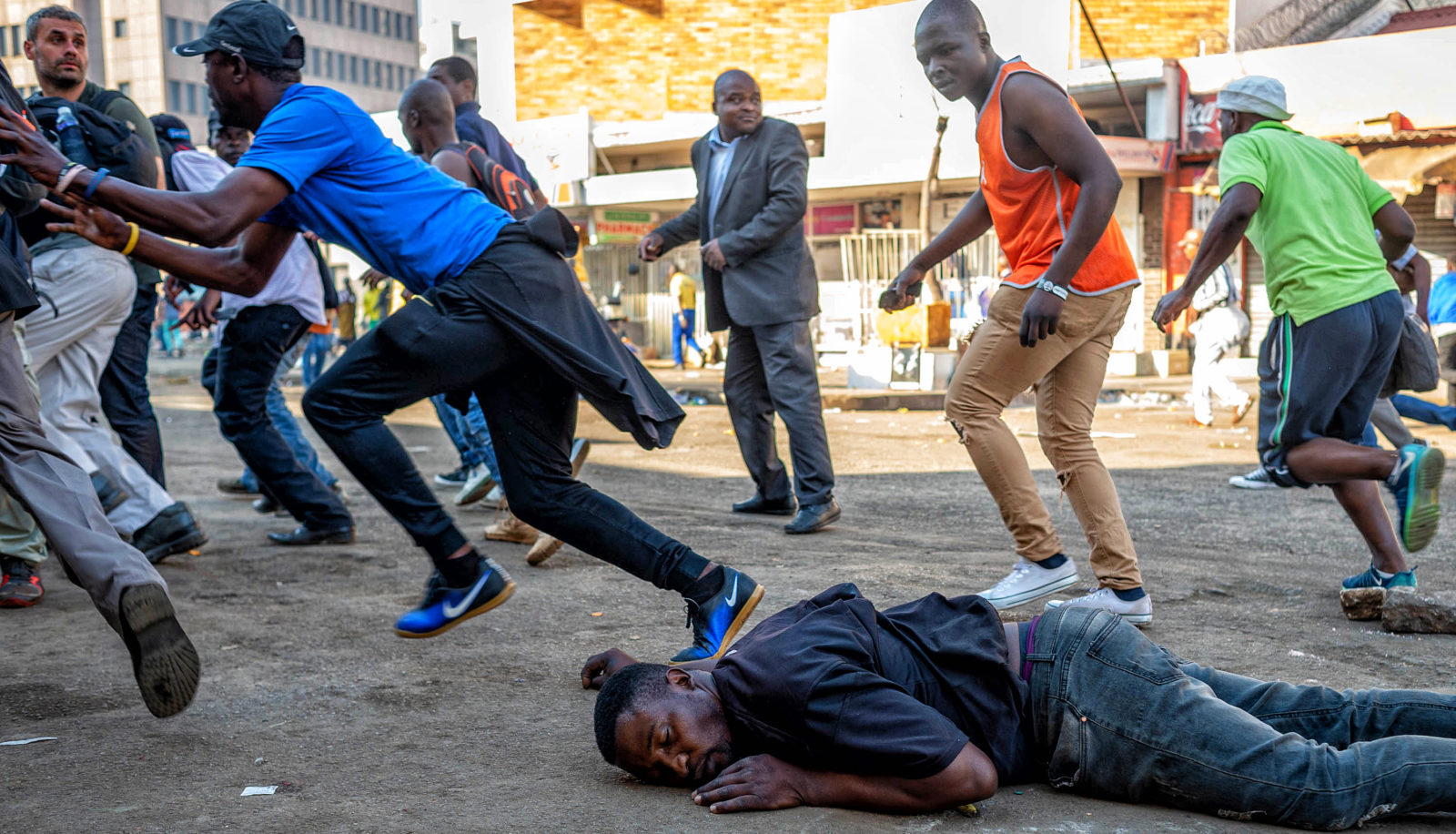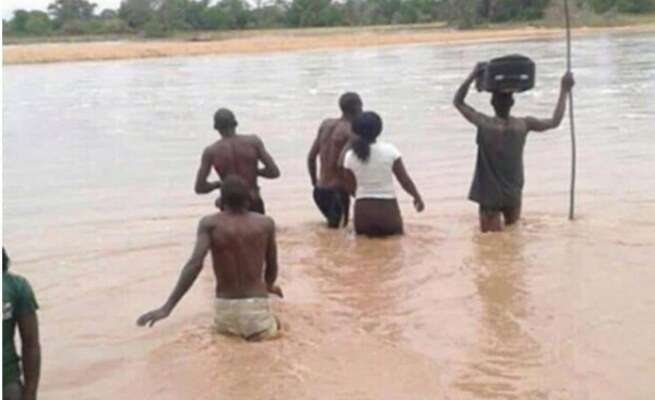
I go most days without electricity in my home, so does everyone else. I have reverted to behaving like a bachelor.
I pass by the butcher’s every day after work to buy a small chunk of meat because the fridge is switched off. My cat is getting fat on sour milk. My geyser is off too; so I have to do with cold baths. Often I want to be angry with Rafemoyo; to pick up the phone and really give him a go-over but I hold my horses.
I travelled the whole length and breadth of Zimbabwe in 2001 and part of 2002 before the presidential election with Rafemoyo and we became very close.
Those were the days of Zesa’s Expanded Rural Electrification Programme. Being a haughty young man who questioned everything, I used to ask him why we were doing this programme when we knew it did not make any sense. He, the stoic, always said rural electrification would benefit posterity. “Once we have put in the pylons, they cannot be removed; so even if this looks mad now it will be good in future,” he would say.
Let me tell you the source of our problems; it’s not Rafemoyo!
The 2000 constitutional referendum had been a wakeup call to Zanu PF that its erstwhile iron grip on the populace was loosening. The elections of that year too had seen the young MDC party almost upstaging Zanu PF in spite of it having entrenched itself in the country for 20 years.
- Chamisa under fire over US$120K donation
- Mavhunga puts DeMbare into Chibuku quarterfinals
- Pension funds bet on Cabora Bassa oilfields
- Councils defy govt fire tender directive
Keep Reading
The 2002 presidential elections loomed large and there was the real danger of Morgan Tsvangirai trouncing incumbent President Robert Mugabe in that poll. The Mugabe mystique had been shattered and people now knew he could be defeated in a free and fair election.
Zanu PF had to quickly reconnect with the electorate from which it had distanced itself as it ensconced in power. How could Mugabe’s popularity be restored again in the quickest way possible? Someone came up with an answer: let’s do something so populist that the electorate will sit up and say, “Oh he still exists.”
The plan was to electrify the whole countryside and let Mugabe address all the commissioning ceremonies, that way he would reconnect with the masses. It was a masterstroke!
But there were problems and everyone in Zesa knew them. The power stations were not working properly; there were constant breakdowns.
Hwange Colliery was broke and so could not provide enough quality coal to power Hwange Power Station. Kariba Hydro was not working at full capacity because of lack of spares.
The small thermals at Bulawayo, Munyati and Harare had been decommissioned because running them did not make sense. Zesa itself was too broke to pay for power imports. Very importantly it was common knowledge that the southern African region would have a power deficit beginning 2007.
So, the logical thing was not to expand electrification but to ensure that the power stations were refurbished so they could supply enough electricity to our industry and to our households.
But political expediency had to come first. The strategists at Zanu PF knew the then Zesa CEO Simbarashe Mangwengwende was too sensible to embark on this mad project, so against the Electricity Act, the position of Executive Chairman on the Zesa Board was created and Sydney Gata appointed to it.
Gata is a highly qualified engineer and consults for dozens of power utilities in Africa and overseas. But he was also Mugabe’s brother-in-law. Although he knew all the problems associated with the rural electrification project he would play ball for, there was too much at stake.
Mangwengwende and literally all of his lieutenants were pushed out; these were real technocrats who knew what they were doing.
So, for the next year or so all Zesa resources were channelled towards rural electrification; the power stations were left to rot. Mugabe went on a hectic schedule; he was flown all over the country to address the grateful rural folk. He won the election.
Everybody knew it was folly to electrify areas where power would be used to light up little general dealerships and bottle stores in places as remote and inaccessible Muzabani and Border Munaka.
Everybody knew the revenue from those little outposts would not make economic sense; it would always be cheaper to give these people the power for free than to drive around the country collecting the little amounts. So, after such a massive programme in which millions of real dollars were spent, no revenue would be collected.
Meanwhile the regional power deficit deepened and our power stations could not be refurbished because there was no money to do so.
There was another problem — vandalism. Zimbabwe has no aluminium or copper mines but it was exporting the metals. Thieves who were most likely disgruntled Zesa employees stole aluminium and copper conductor and had it smuggled to ready markets notably South Africa.
Transformers were drained of their oil. Replacing stolen cable and oil goes into millions if not billions of dollars. The whole network collapsed.
Gata got his comeuppance — he was sacked.
Good old Rafemoyo took over the mess. I don’t envy him.
Nevanji Madanhire











